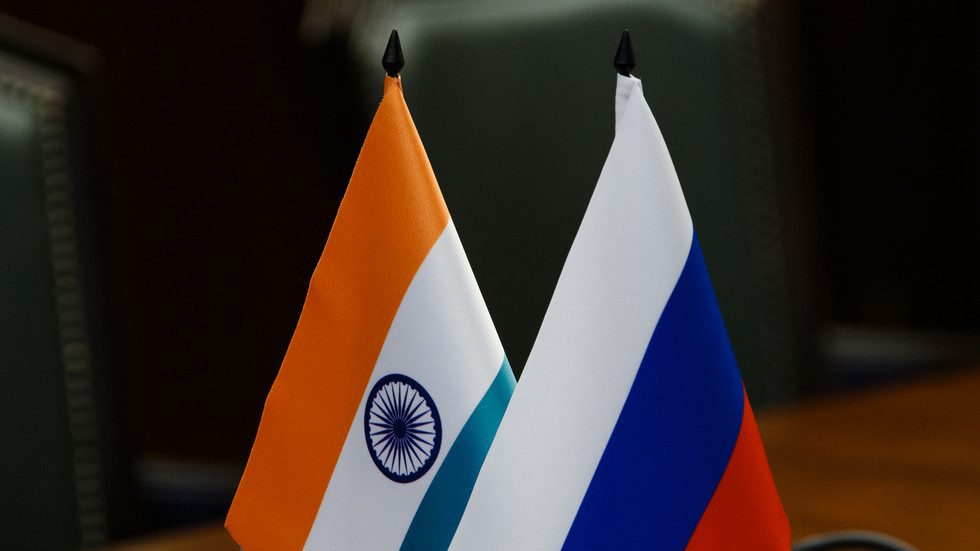Unveiling New Horizons: Russia and India Forge Ahead with Six Strategic Projects
In a landmark development, Russia and India have announced six strategic projects to deepen bilateral ties across energy, technology, and defense sectors. The agreements, finalized during high-level talks in New Delhi this week, aim to bolster economic cooperation and technological exchange between the two nations. This collaboration marks a significant step in strengthening their decades-old partnership amid shifting global alliances.
A New Chapter in Bilateral Relations
The six projects span critical areas of mutual interest, including renewable energy, space exploration, artificial intelligence, and military technology. Analysts estimate the combined value of these initiatives could exceed $10 billion over the next five years. “This isn’t just about trade figures,” explains geopolitical expert Dr. Anika Patel. “It’s a strategic realignment that positions both countries as complementary powers in an increasingly multipolar world.”
Key components of the partnership include:
- A joint venture to develop small modular nuclear reactors
- Co-production of next-generation military equipment
- Collaborative research on quantum computing applications
- Shared satellite navigation technology development
- Cross-border digital payment infrastructure
- Pharmaceutical research and vaccine development
Energy and Technology Take Center Stage
The nuclear energy partnership represents one of the most ambitious undertakings, with plans to construct at least four 300-megawatt reactors in India by 2030. Russian state nuclear corporation Rosatom will provide technical expertise while Indian firms handle local manufacturing components. “This model combines Russia’s advanced nuclear technology with India’s manufacturing capabilities,” says energy analyst Mikhail Volkov. “It could become a blueprint for similar collaborations globally.”
In the technology sector, the quantum computing initiative has drawn particular interest from research communities. The project will pool resources from Moscow’s Skolkovo Institute and India’s Tata Institute of Fundamental Research, with an initial investment of $250 million. Early-stage research will focus on cryptography and materials science applications.
Defense Cooperation Enters New Phase
Building on existing military ties, the defense agreements signal a shift from buyer-seller dynamics to co-development. The partners will jointly produce advanced missile systems and aircraft components, with production split between both countries. According to defense ministry sources, the arrangement includes technology transfer provisions that have been carefully negotiated over 18 months.
“The BrahMos missile program proved the potential of Russo-Indian defense collaboration,” notes retired Air Marshal Rakesh Sharma. “These new projects take that model several steps further by incorporating cutting-edge technologies like hypersonics and electronic warfare systems.”
Economic and Geopolitical Implications
The timing of these agreements carries significant geopolitical weight, coming as both nations navigate complex relationships with Western powers. Bilateral trade between Russia and India reached $45 billion in 2022-23, a 400% increase from pre-pandemic levels, largely due to energy purchases. The new projects aim to diversify this economic relationship beyond hydrocarbons.
However, some analysts urge caution. “While the partnership offers clear benefits, India must balance its strategic autonomy carefully,” warns foreign policy scholar Rajiv Menon. “Over-reliance on any single partner could limit policy flexibility in the long term.”
The digital payment infrastructure project may prove particularly consequential, creating a rupee-ruble trade mechanism that circumvents Western financial systems. Early testing is scheduled for late 2024, with full implementation targeted for 2026.
Challenges and Opportunities Ahead
Implementation hurdles remain, including technology transfer sensitivities and potential secondary sanctions risks. The partners have established joint working groups to address these concerns, with quarterly progress reviews planned. Cultural and bureaucratic differences in project execution styles also present challenges that require careful management.
On the ground, business communities in both countries express optimism. “This opens doors for small and medium enterprises in advanced manufacturing sectors,” says Federation of Indian Chambers of Commerce president Neeta Sharma. “We’re already seeing increased interest from member companies in specialized components production.”
The Road Forward
As the six projects move from memorandum to implementation, their success could redefine Eurasian economic partnerships. The partners plan to showcase initial results at the 2025 St. Petersburg International Economic Forum, with some early-stage technologies potentially entering testing phases by then.
This strategic leap forward demonstrates how middle powers are crafting innovative alliances in today’s fragmented global landscape. The coming months will prove crucial as both nations work to translate ambitious agreements into tangible outcomes. For policymakers and business leaders tracking Eurasian dynamics, these developments warrant close attention as potential indicators of broader geopolitical realignments.
Want to stay updated on evolving international partnerships? Subscribe to our diplomatic affairs newsletter for expert analysis on global alliances and economic trends.
See more BBC Express News

